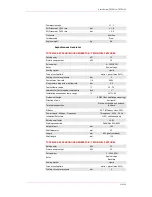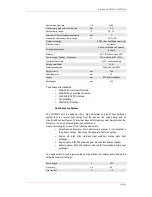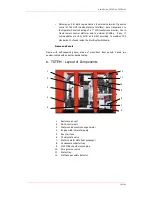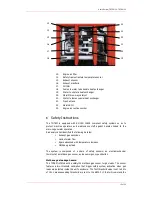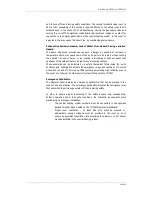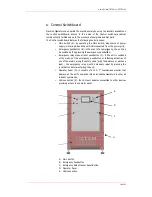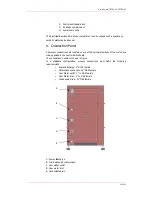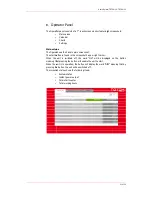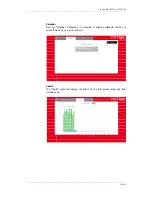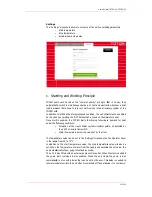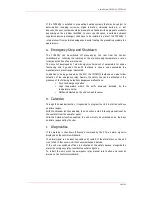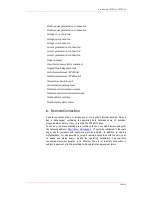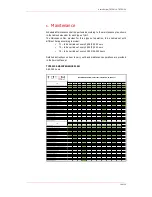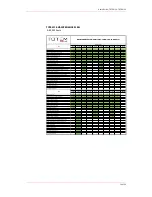
User’s Guide | TOTEM 10 - TOTEM 20
25 of 30
F.
User System’s Water Characteristics
TOTEM’s process water cannot be directly drawn off the domestic hot water or
drinking water circuit. Appropriate hydraulic separation systems must be installed for
said applications.
The water used in the user circuit must fulfil the requirements provided in nationale
standards and have the following chemical and chemical/physical parameters for
water in heating systems for civilian applications:
Clear appearance ;
pH above 7 (below 8 for the user system’s sections made in light alloys,
if any)
iron (as Fe) < 0.5 mg/kg (higher values indicate presence of corrosion
that must be removed before connection to the TOTEM® unit);
copper (as Cu) < 0.1 mg/kg (higher values indicate presence of
corrosion that must be removed before connection to the TOTEM unit).
Further provisions also require to:
fill the heating system with water having a low limestone content, with
a French degree of water hardness between 15°F and 25°F, based on
the installed capacity and the system’s overall content;
Therefore, it is mandatory to install a suitable water treatment system on heating
systems that do not comply with the limits imposed.
The limits set by the aforementioned provisions and supplemented by legal
provisions and regulations in force in the place of installation are aimed to:
optimize TOTEM®’s and user systems’ performance and reliability;
guarantee system safety;
preserve the systems’ components over time;
ensure regular functioning of auxiliary equipment;
minimize energy consumption.
Using suitably treated water for the user water system serves the dual purpose of
ensuring compliance with applicable regulations and TOTEM ENERGY’s / leading heat
generator manufacturers’ recommendations, and contributing to reducing operating
costs and consumption.
For applications featuring an environment temperature below 1°C, an anti-freeze
mixture (glycol) must be added to the user circuit. Depending on its glycol content,
the water/anti-freeze mixture may reduce the heat exchange capacity and heating
output.
Frequent refilling of the circuit should be avoided. Care should be taken in choosing
water softening techniques based on deionization and cation exchange. We advise
against using chemical additives as they may cause harmful dirt/residues to
precipitate and possibly damage the system.

